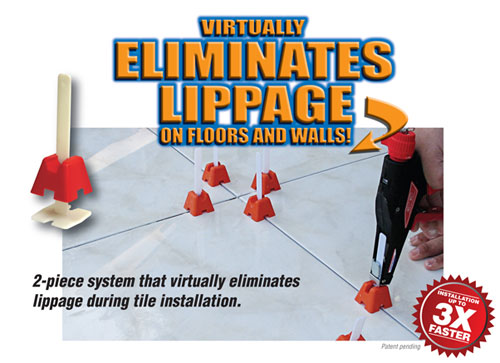
Silicone caulking is a versatile sealant used extensively in bathrooms, kitchens, and other moisture-prone areas. Over time, however, silicone caulking can deteriorate, become discolored, or lose its adhesion. Removing old silicone caulking and applying a fresh seal is crucial for …
The post How to Remove Silicone Caulking first appeared on Flooring Supply Shop Blog.



















